The latest batch of six cartoons…
See also full stock of previous ‘Cartoon guide to biodiversity loss’ compendia here.
The latest batch of six cartoons…
See also full stock of previous ‘Cartoon guide to biodiversity loss’ compendia here.
« S.A.F.E. = Species Ability to Forestall Extinction Deforestation partly to blame for Queensland floods »
I am the Matthew Flinders Professor of Global Ecology at Flinders University.

Non-native species introduced mainly via increasing trade of goods and services have huge economic, health, and environmental costs. These ‘biological invasions’ involve the intentional or unintentional transport and release of species beyond their native biogeographical ranges, facilitating their potential spread. Over the last few decades, invasive species have incurred an average cost of at least…

Wildfire burns between 3.94 million and 5.19 million square kilometres of land every year worldwide. If that area were a single country, it would be the seventh largest in the world. In Australia, most fire occurs in the vast tropical savannas of the country’s north. In new research published in Nature Geoscience, we show Indigenous…
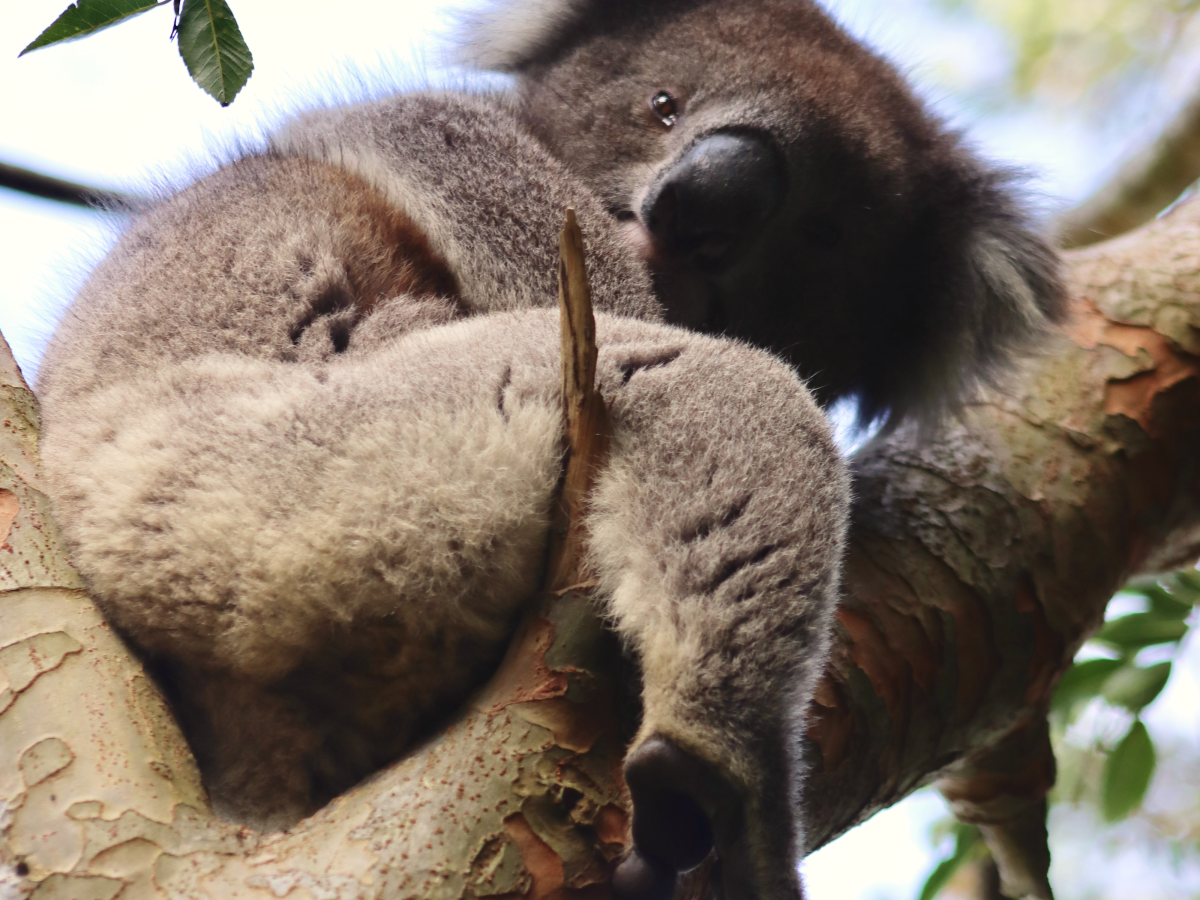
Australia is home to about one in 12 of the world’s species of animals, birds, plants and insects – between 600,000 and 700,000 species. More than 80% of Australian plants and mammals and just under 50% of our birds are found nowhere else. But habitat destruction, climate change, and invasive species are wreaking havoc on Earth’s…
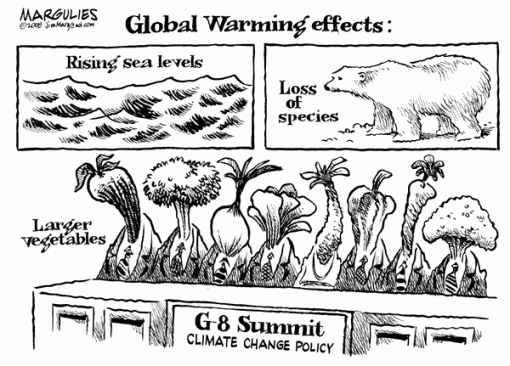
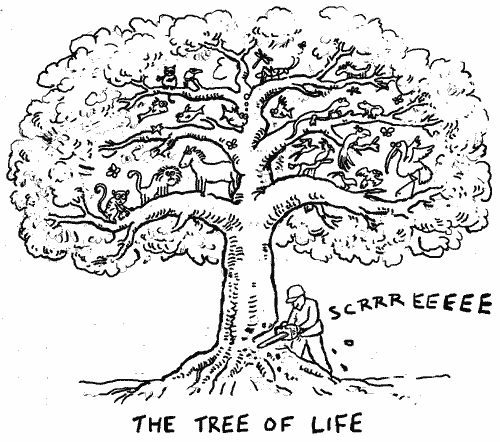
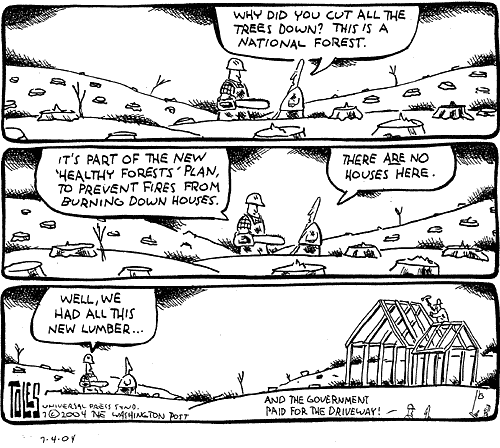
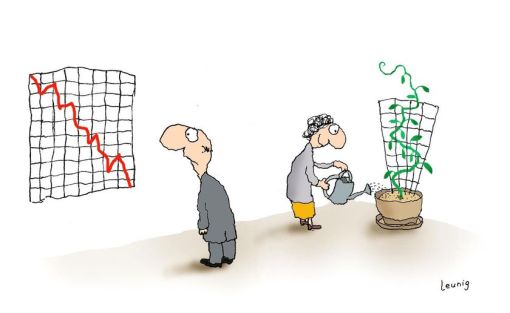
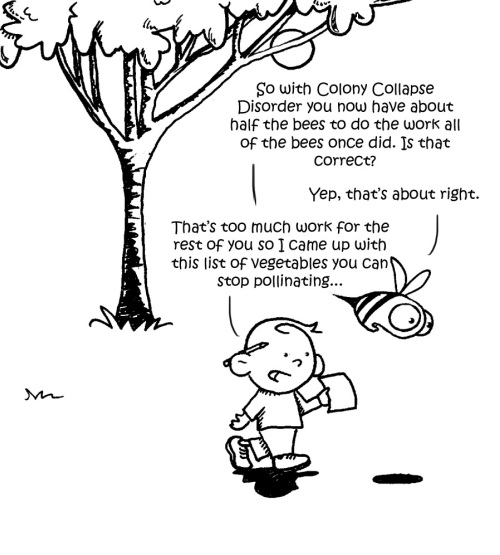
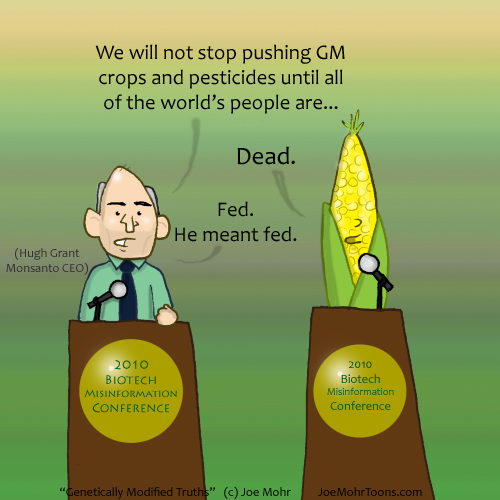
Love the stab at Monsanto. Very clever.
Just out of curiosity, what are your thoughts on genetic engineering, more generally?
LikeLike
I think it’s inevitable that massive increases in crop production efficiency will have to be made via technological fixes, including genetic engineering. While I have the luxury of eating organic and non-tampered foods now, I dare say that most of the world doesn’t or won’t soon enough. Still, maintaining a much larger selection of edible native crops is still a great idea.
LikeLike